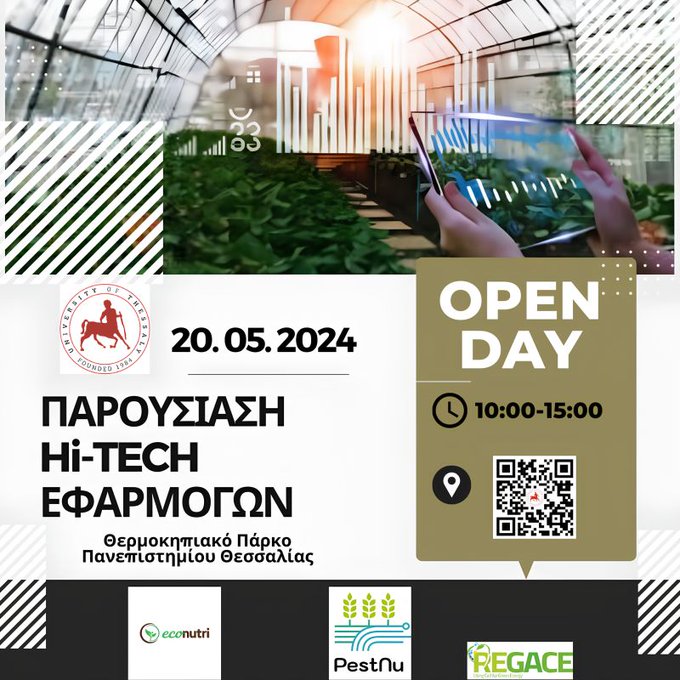By Michael Eilan
It is going to take many efforts from many directions to ameliorate the worsening effects of climate change. This was the primary impression from the very interesting CINEA clustering event held on April 25, in Brussels that brought together representatives from 15 Horizon Europe consortia that deal with solar energy.
After hearing presentations from the commission’s Directorate General for Research and Innovation and Energy we took part in discussions that gave a pretty good indication of true priorities of the European Climate, Infrastructure and Environment Executive Agency (CINEA), the body that spent a really substantial amount of money to fund these consortia, each of which has at least 10 partners – or in other words well over 150 companies and research institutions.
The fields selected for funding represent CINEA’s best bet on the technologies that can achieve these climate aims. We, from REGACE, were one of three agrivoltaic consortia, and there were three more from the field of floating PV, three from Building integrated PV (BIPV) and the rest who deal with integration modelling and manufacturing.
The discussions that followed the presentations again reflected CINEA’s priorities. The top priority definitely seems to be the issue of competitiveness. It was interesting to note the differences among the participants as they referred to this critical issue.
The main difference was, quite understandably, between those consortia representatives from academia and commercial entities, with those from academia more focused on the level of innovation as a competitive determinant while those from companies were more focused on market factors.
One factor that did come up was the use of off-the-shelf components in innovative systems. The argumentation here is simple. By using off the shelf components alongside the innovative heart of the system one can reduce development risks, isolating innovation risk only to the heart of the system. Off-the-shelf components are also the way to a cheaper product because these products are manufactured in a competitive environment.
But talking to customers was the issue that aroused most interest and was most encouraged in the group in which I had the good fortune to take part led by Achim Woyte, the Head of Sector Renewables Horizon Europe Energy. In our field, agrivoltaics, the customer is very clearly the farmer and learning about the farmers’ preferences, concerns and constraints is clearly the route to competitive success.
But in other fields such as BIPV this is not clear cut. Is the customer the owner of the building upon which the system will be installed or the architect who will recommend it? Or the municipality that wants to mandate its introduction of new buildings? The central issue of talking to customers also came up in the discussion in a breakout session on digitization and operability. What kind of interfaces do the users of integrated photovoltaics want? Or need?
But if customers, real people who want innovative solar solutions, are the human face of innovative competitiveness, one issue that ran like a leitmotif through many of the speakers’ statements was the inhuman faceless issue of regulation.
One participant said her group could not start work on a demo site because of a zoning issue that is taking more than a year to resolve. It is clear that regulation is required to balance conflicting societal needs like green energy and food security in agrivoltaics, but until the rules are clear this causes frustration among the people who are working hard to develop the tools for a better future. For policy makers, this means that generous funding is essential, but clear rule books are also needed to propel good technologies into wide acceptance.



